
What's the one really big impact that human beings have made on our hills? Is it the erosion of the footpaths? Is it the lead and copper mines and their poisoned spoil heaps? Is it the wind farms sprouting like metal toadstools? The one big change goes back further than any of those, and is more far-reaching. So far-reaching, indeed, that you may not have noticed it...
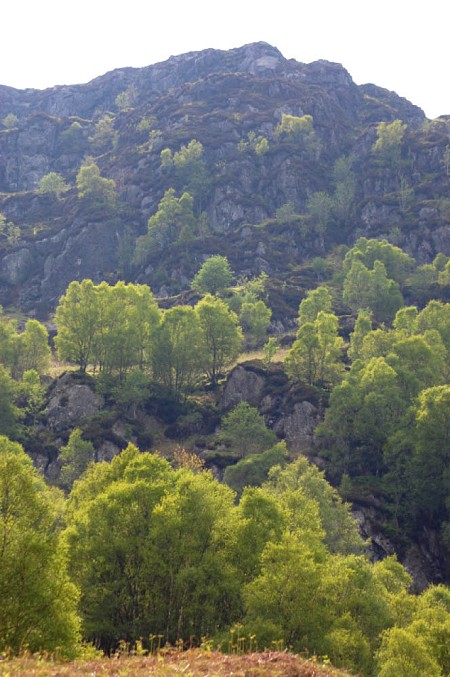
The great pine forests of Scotland were sometimes burnt down wholesale to destroy the habitat exploited by wolves and human bandits. The charcoal-burning industry, to fuel early furnaces that smelted iron, consumed most of the oakwoods of the southern Highlands. Shipbuilding during the Napoleonic Wars took oak for the bent timbers of ships' hulls, and pine for their masts. And once the trees were cleared, grazing by sheep or red deer, destroying any small saplings, kept – and keeps – the ground as grass and heather. The way to see this tree-clearance is to spot where it hasn't happened. In the Cairngorms, tree growth is being encouraged to recover up to the natural treeline at about 800m. Elsewhere, glance into any gully where the sheep and deer can't wander. At any level below the very summits, you'll see trees thriving.
With the clearing of the ground came the first folk to actually inhabit the hilltops – who also happen to be the last. Iron Age hill forts were, in many cases, permanent settlements. The one on the Eildon Hills has scores of hut circles inside it; Cadbury Castle, in Somerset, held large timber halls, and is as good a candidate as there is for being King Arthur's Camelot. Some hill forts have visible field systems on the high ground alongside. With the valleys waterlogged and covered in alder scrub, this may have been the best farmland. Few hill forts are in true mountain ground: presumably it was simpler, when attacked, to retreat into the high corries. They are common along the Highland line, on the Scottish side of the Cheviots, and in Somerset – which may just be because they're all places rich in the right sort of small, steep-sided hill.
No humans since have chosen to live so high. Instead, from the Stone Age clearances onwards, winter saw livestock down in the valleys, enclosed indoors – or, most convenient of all, killed, smoke-dried, or salted down. Summer saw half the village moving uphill to the high corries. Cattle, sheep and goats grazed the summer grasses, while down in the valley crops could grow untrampled. This yoyo lifestyle is called transhumance; practised today in parts of the Himalaya. All over the Highlands, corries around the 500m level have remains of summer shelters called shielings. Often these were low stone walls, which would be completed each year with roofs of heather turf. Here young people would spend the summer making cheese and butter, and presumably also music, not to mention love.
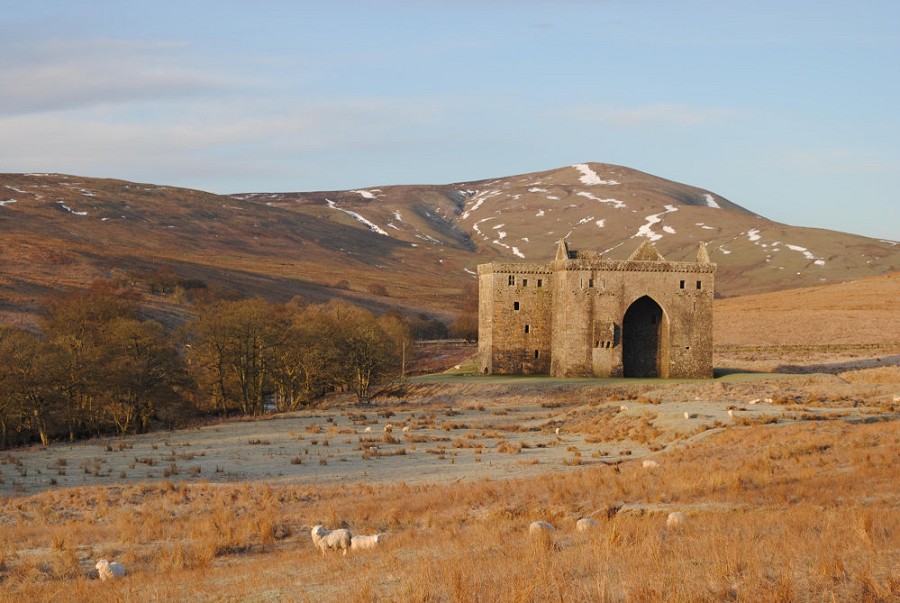
Throughout the Scottish Highlands, the glens are as bleak and empty as the high infertile moorlands and hill slopes. The single-track road runs through heather and peat bog, rank growth on watersodden ground that was once so carefully drained and cherished. There's an illusion that such bleakness is the natural way of things – until you travel to Ireland, or the Lake District, or the Yorkshire Dales. And then you see valleys as they should be, patchworked with tiny fertile fields, with small stone houses matching the rough-built walls of the farmland. The oldest of those walls – such as the fell wall running around Great Langdale – go back to the late Middle Ages, when the monasteries brought advanced farming. The building of dry stone walls, right up across the fell lines, marks the slow work of farming craftsmen: perhaps a single lonely worker, making two or three miles of walling in a summer, with small hammer, crowbar and barrow. Alongside many walls, look out for the small 'borrow pits', where stones were quarried alongside the line of the wall. Today, they make sheltered spots for lunch.
In much of mid-Wales, while there were not the ruthless clearances of the Scottish Highlands, a similar effect came from simple poverty, in particular in the famine year of 1845 when potato blight destroyed the main food source of small landholdings. In the Southern Uplands of Scotland, however, the silence of the valleys goes back rather further. The 15th and 16th centuries saw a breakdown of the rule of law, and a tribal lifestyle of raid-your-neighbour. Exciting and romantic in the Border Ballads collected by Sir Walter Scott for those who lived through it, it meant insecurity and famine. Indeed, those who lived through it more commonly didn't: dying in the blood feuds that replaced more civilised systems of justice, or starving at midwinter after an autumn raid had taken livestock and burnt the fields. Again, all you see now is what's no longer there: glens almost empty, and the occasional fortified tower or small castle. One such pele tower even stands in Kentmere among the Lakeland fells.
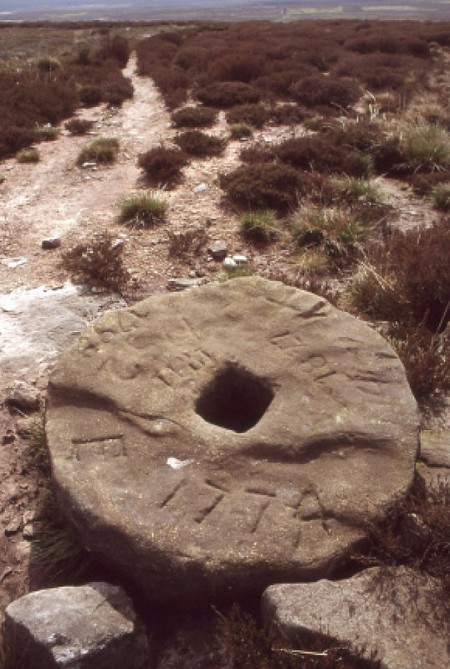
The Industrial Revolution cleared oakwoods for the smelters: but also called for urban housing for the English Midlands and the growing cities. Clay for bricks was close at hand, but for roofs they needed slates. Slaty cleavage is a result of compression:lates are squashed rocks. They come out of the roots of the mountain ranges of the Scotland-England collision: the old, metamorphic rocks that now make Snowdonia, Lakeland, and Glen Coe. Usable roof slates come from rocks that, before being squashed, were smooth and uniform, the best being former volcanic ash. Where they found such stone, the quarrymen dug deep into the hill: at Llanberis, Coniston, Honister and Ballachulish.
The same mountain-building that squashed the slates, also caused volcanoes – it's a matter of plate tectonics, a continental crust being shoved over a descending ocean bed. The underground friction between the two plates melts the magma and sends it oozing up towards the surface. When a great granite lump rises underground, it heats and cooks the overlying rocks. Quartz and superheated steam surge upwards through the cracks: and in that quartz, metals are dissolved. And so the same old mountain roots of Snowdonia and Lakeland that in some places yield slates, in other places reveal veins of lead and copper, silver, and stranger metals too.
And in the 1950s, there were those for whom the pylons striding across the hillsides were magnificent expressions of the white-hot technological revolution. They were, after all, designed by Gilbert Scott, of Liverpool Cathedral, Battersea Power Station, and the elegant red phone box; and named from the massive temple buildings of Egypt. Indeed, for a mere £15 you can join, today, the Pylon Appreciation Society [www.pylons.org]. And environmentalists are often so overwhelmed by the need to combat climate change that their eyeballs register windfarms as noble, handsome structures liable to enhance tourism.
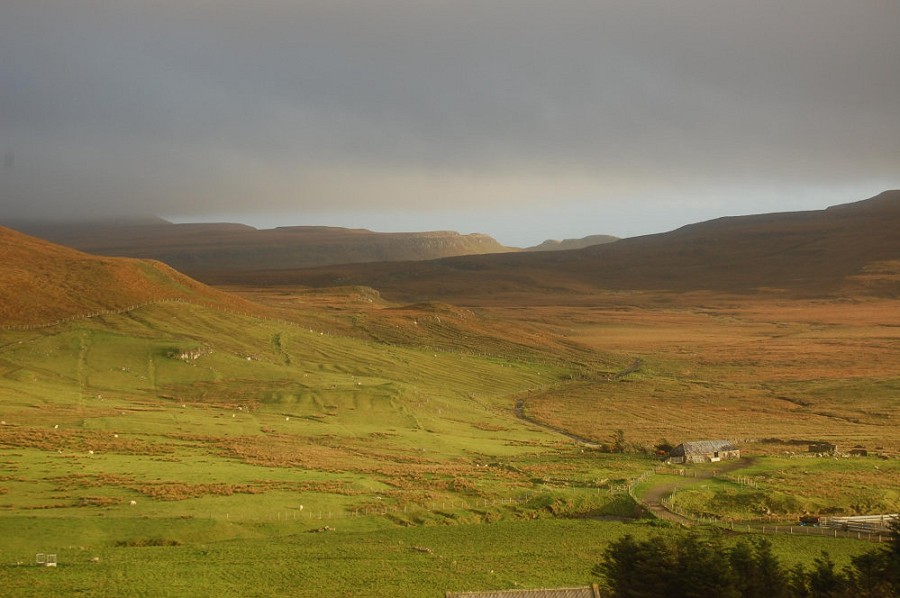
The reservoirs of the last 60 years spread their vast concrete dams across whole valleys. But it's the fluctuating lake shoreline, surrounded by bare yellow mud and stones, that shows up most from the hillsides above. The reservoirs of mid-Wales, like Thirlmere, Cow Green and Keilder, were built for water supply. But it was to supply hydro-electricity that most of Scotland's lochs were impounded and converted to rubble-edged reservoirs. Loch Lomond and Loch Ness, only a few metres above the sea, were both spared. Almost every other Scottish loch is now a reservoir, with added pylons and loss of loveliness. Due to her hydro-electricity, Scotland emits less carbon. But this does not come without damage to our mountain landscape. We must do everything we can against the damage we have caused and are causing to the world's climate. This surely includes wind farms. Even so, I refuse to see them as either attractive or handsome.
"...When it comes to inserting ugliness, though, no age yet has matched our own..."
But perhaps to hill visitors in two centuries' time their mossed and gothic remnants will appear as charming relics. What will industrial archaeologists make of the hill junk of our own age: the civil aviation authority's radar domes, the mobile phone masts, the majestic radio towers of Caldbeck, the hundreds of gnomelike trig points? Since the Stone Age, the hill scene has been moulded by man. When it comes to inserting ugliness, though, no age yet has matched our own.
About Ronald Turnbull
"I'm an all-weather walker, writer and photographer based in Southern Scotland. My special interest is in multi-day backpack trips over rough country, and I have completed 18 different coast-to-coast journeys across various parts of the UK. I like to sleep out without tent on UK hilltops, and have achieved comfortable nights on more than 40 in Scotland and Cumbria."
More about Ronald on his website: www.ronaldturnbull.co.uk



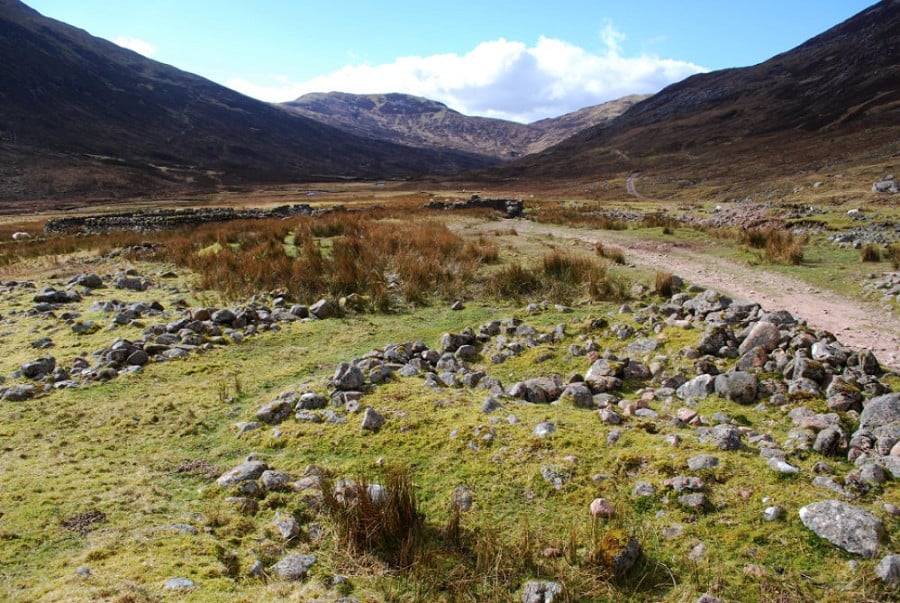
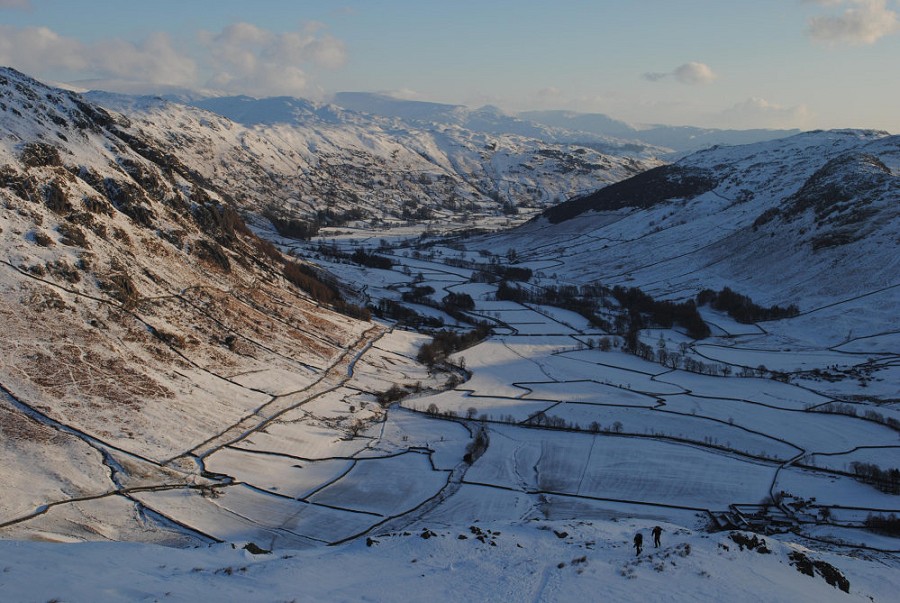

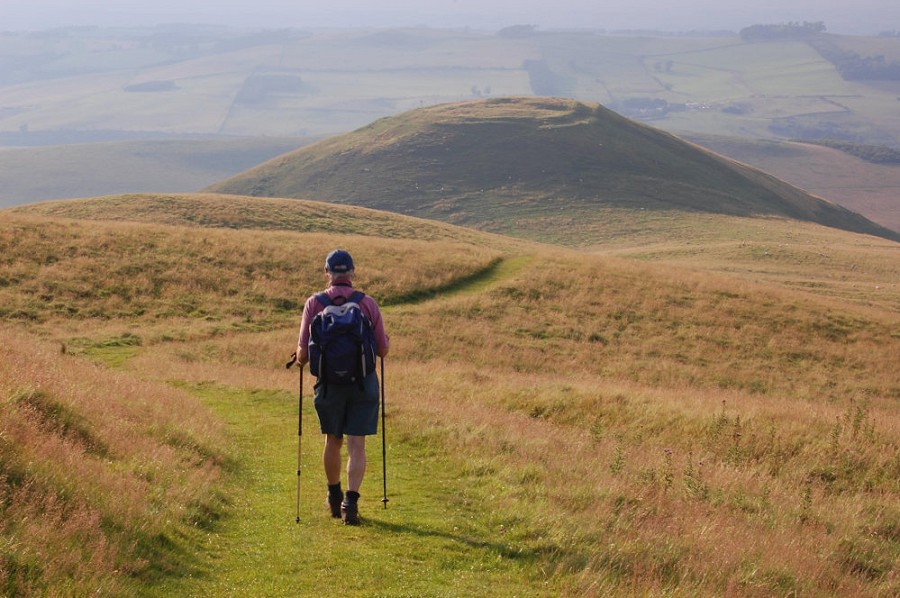

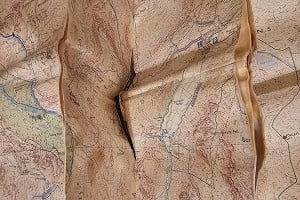
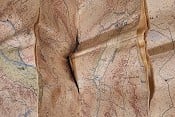





Comments